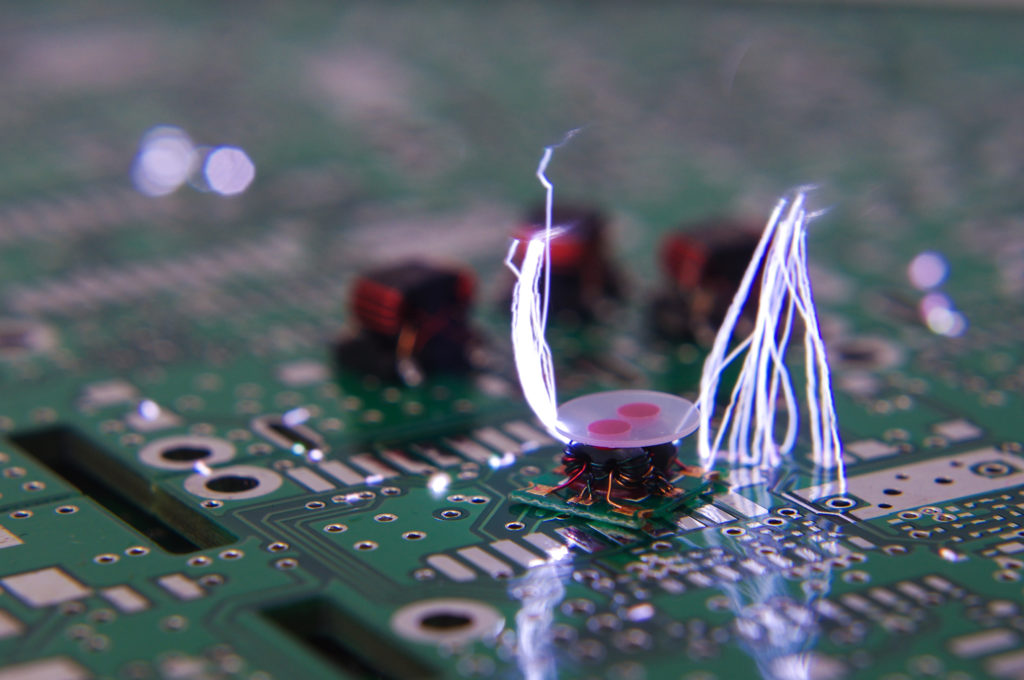You know it as static electricity, but the more formal name is electrostatic discharge (ESD). When you get a shock to your system from electrostatic discharge, it can be surprising and unpleasant, but not particularly harmful. But what about the effect on your electronics? Do you need to take steps preventing ESD from damaging electronics? Sure, a major electrical surge will fry your electronic device, but can those little shocks really do that much damage?
The answer is absolutely yes. There are two types of ESD damage that your device can suffer. The first, and worst, is Catastrophic Damage. While less likely, this is just as bad as it sounds. It occurs when an electrostatic discharge strikes a particularly sensitive area of your electronic device’s internals, like a semiconductor junction. This is your standard “fried” scenario. Your device will not work — it’s pretty much a brick at this point.
However, just because a static shock doesn’t wipe out your electronic device right away does not mean you are safe. The device could sustain latent damage. A fault has been created, but it is not apparent right away. The device continues to function until the damage creates so much wear on the device that it fails. In a way, this is even worse, since even though you get extra time with your device. It can fail suddenly and without explanation, which can be frustrating and costly.
How to Prevent ESD From Damaging a PC Component
If you are working with PC components in your business, it is imperative that you take the right electrostatic discharge protection measures to avoid failure due to ESD. What are these measures?
To start, keep any workstations with PC components free of static electricity. You do this by first, furnishing the workstation with grounded static dissipative mats on surfaces and antistatic floor mats.
The station should be at least three feet away from sources of static electricity, which can include synthetic fabrics, foam packaging, vinyl chairs, finished wood, fiberglass, plastic work surfaces, painted work surfaces, stainless steel work surfaces, vinyl or sealed concrete flooring, CRTs, brushes, spray cleaners, blowers and heat guns.
Use an electrostatic field meter to ensure you’re not in the presence of potential ESD. Keep the relative humidity over 30 percent.
You should also make sure your employees working with PC components are wearing the appropriate anti-static protection. This can include grounded antistatic wrist straps, smocks, shoes, tools, bags and carrier tape. You can find companies that sell ESD protection gear specifically for this purpose.
Learning More About ESD
When you are working with electronic equipment, as well as in other sensitive areas of manufacturing, it is critical to control and protect your workers and products from the dangerous effects of static electricity. To learn more about electrostatic discharge and how you can protect your valuable electronic components from it, visit the American National Standards Institute, the International Electrotechnical Commission or reach out to Global Electronic Services.
